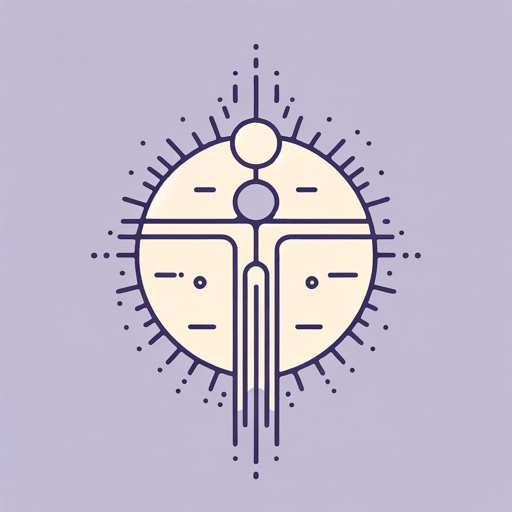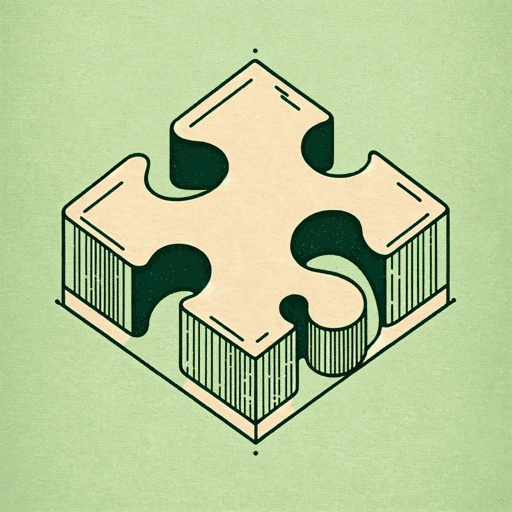50 pages • 1 hour read
Émile DurkheimThe Elementary Forms of the Religious Life
Nonfiction | Reference/Text Book | Adult | Published in 1912A modern alternative to SparkNotes and CliffsNotes, SuperSummary offers high-quality Study Guides with detailed chapter summaries and analysis of major themes, characters, and more.
Book 2, Chapters 1-4Chapter Summaries & Analyses
Book 2, Chapter 1 Summary: “Totemic Beliefs—The Totem as Name and Emblem”
In Aboriginal Australian societies, the practice of totemism is tied to the social structure of clans, which are groups identified by kinship ties (though in some cases of a nominal rather than familial nature). Each clan has a totem, and that totem is also the totem of each member in the clan. The majority of these totems are animals or plants, though in rare cases an inanimate object can act as a totem. Most of the clans and their totems are assigned by maternal descent, though some societies use paternal descent and a few allow a more individualized totemic practice, assigned by affiliation with a mythical ancestor. In addition to clans, totems can also be associated with matrimonial classes and with phratries (that is, collections of clans within a tribe). In each of these cases, it is important to note that the locus of the totemic cult is a particular social group.
The totem serves to identify these groups with a name, but they are also used in emblematic fashion, rather as a coat-of-arms. The emblem of a clan’s totem can appear on physical objects like houses and utensils, and is sometimes even imprinted or tattooed on the individual’s body.


